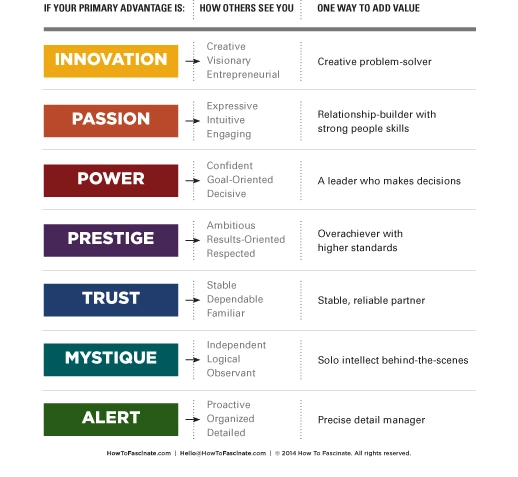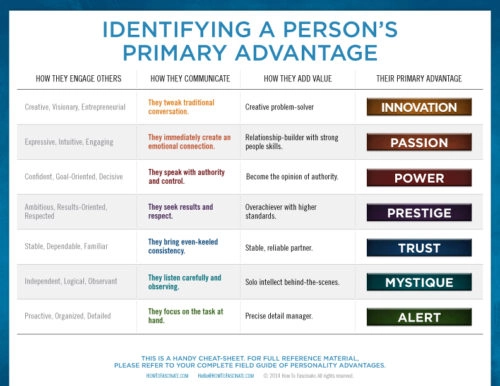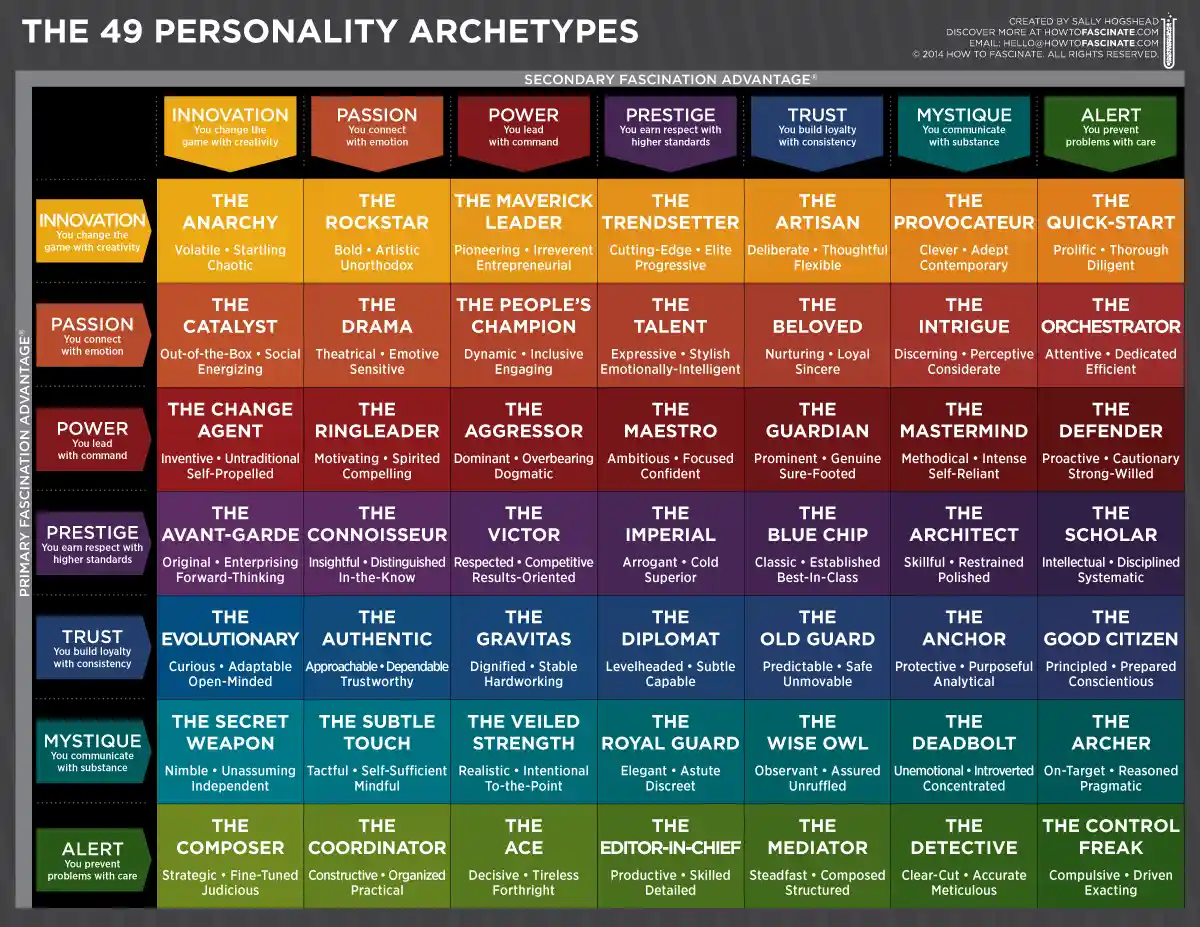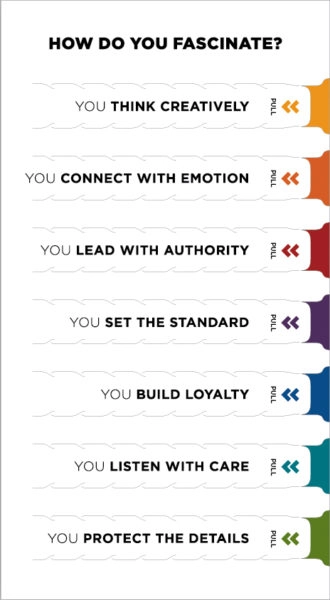HOW TO FASCINATE / RESOURCES
DO YOU WANT TO GET TO KNOW THE 7 FASCINATION ADVANTAGES BETTER?
This PDF download will help you understand how others see you (and how you can begin to identify these Advantages in others) based on your primary Advantage.
On a team, differences are more valuable than similarities. Discover your team’s individual Fascinate® profiles, so everyone can rise to their highest value.
I WANT TO BUILD A MORE ENGAGED TEAM.
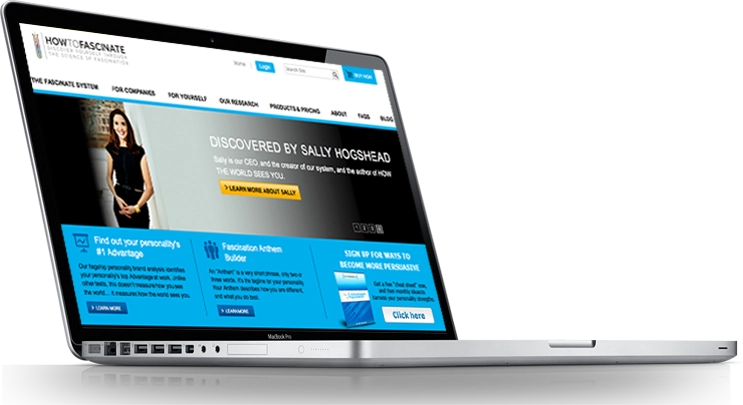
Discover how the world sees you.
>> Order How The World Sees You today
Learn the patterns behind your team.
>> Buy the Fascinate® test now
Schedule an Anthem workshop for your team. Email [email protected] for more details.
Gain more free resources.
>> Visit Our Anthem Page Now
HERE’S A QUICK GUIDE TO REVIEW…
before your next important meeting with new customers or long-time clients.
Our clients find that as they begin to understand the seven Advantages, applying them in their own communication, something really interesting begins to happen: They can pick up which Advantages others are using.
As a result, our clients learn how to tailor their delivery and message to more quickly create rapport with the Advantage they identify with their listener.
WHEN TWO PEOPLE WORK TOGETHER…
their primary Advantages will combine and communicate according to certain patterns. Larger groups follow similar patterns.
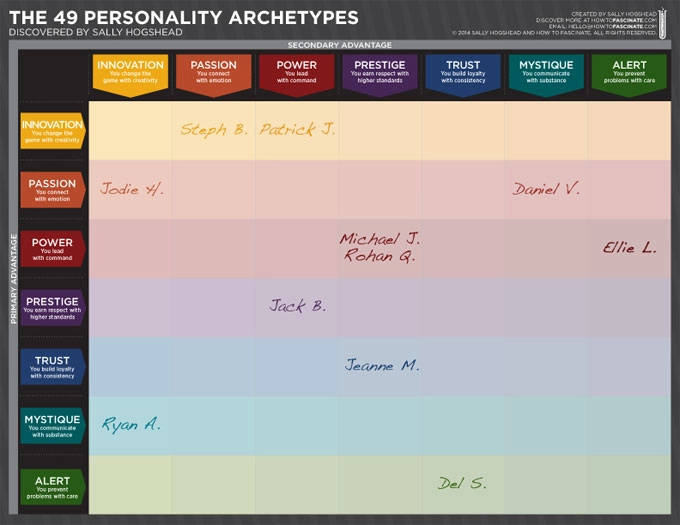
You can map your organization’s Archetypes in order to predict how you are most (and least) likely to solve problems, deal with conflict, and reach conclusions.
What are your own team’s formulas of communication? Do you have one dominant Advantage, or are you evenly balanced?
Here’s a tool to help find the answers.
If you’d like to create your own heat map, here’s how.
1. Have each group member describe themselves:
- Name
- Primary Advantage
- Secondary Advantage
- Archetype
2. Have each group member introduce themselves, along with their Advantages, and their Archetype.
Example: “My name is John. My primary Advantage is Innovation, and my secondary Advantage is Power. My Archetype is The Maverick Leader.”
3. Create a DIY Team Heat Map.
With each introduction, write the member’s name in the appropriate box in the do-it-yourself Heat Map that corresponds to their primary and secondary Advantages.
REVERSE ENGINEER THE NOUN PROCESS FOR HIRING.
Are you looking to hire someone new?
The Fascination Advantage assessment is a great tool for understanding how potential hires add value. But how do you get the people you need, to apply in the first place?
Set your next job listing up for success by adding key descriptions for the personality you need.
Step 1: Take a look at the Archetype Matrix. Read through the adjectives for each Archetype.
Step 2: Think about the job you need to fill. Does it require someone who listens carefully through every option (like Mystique)? Maybe you need a people-person to reach out to customers (like Passion). Power Archetypes generally excel in leadership positions.
Step 3: Once you’ve nailed down the Advantage that would be the best fit, pull adjectives from those Archetypes on the Matrix for your job posting.
OUR COMPANY’S ANTHEM IS FASCINATING COMMUNICATION.
When my team created our business card, I knew the card had to instantly engage the recipient. (The pressure was on to create something truly fascinating!) My team developed an incredible idea: My business card immediately shows you how your personality is most likely to fascinate.
Now consider that one of my business cards costs $2 to print. That might sound insanely expensive—until you find out the ROI. We’ve met a lot of new clients through this $2 card, because people want to show it to their friends. As a result, we earn about $48 in revenue for every $2 card we give away. Check it our for yourself.
